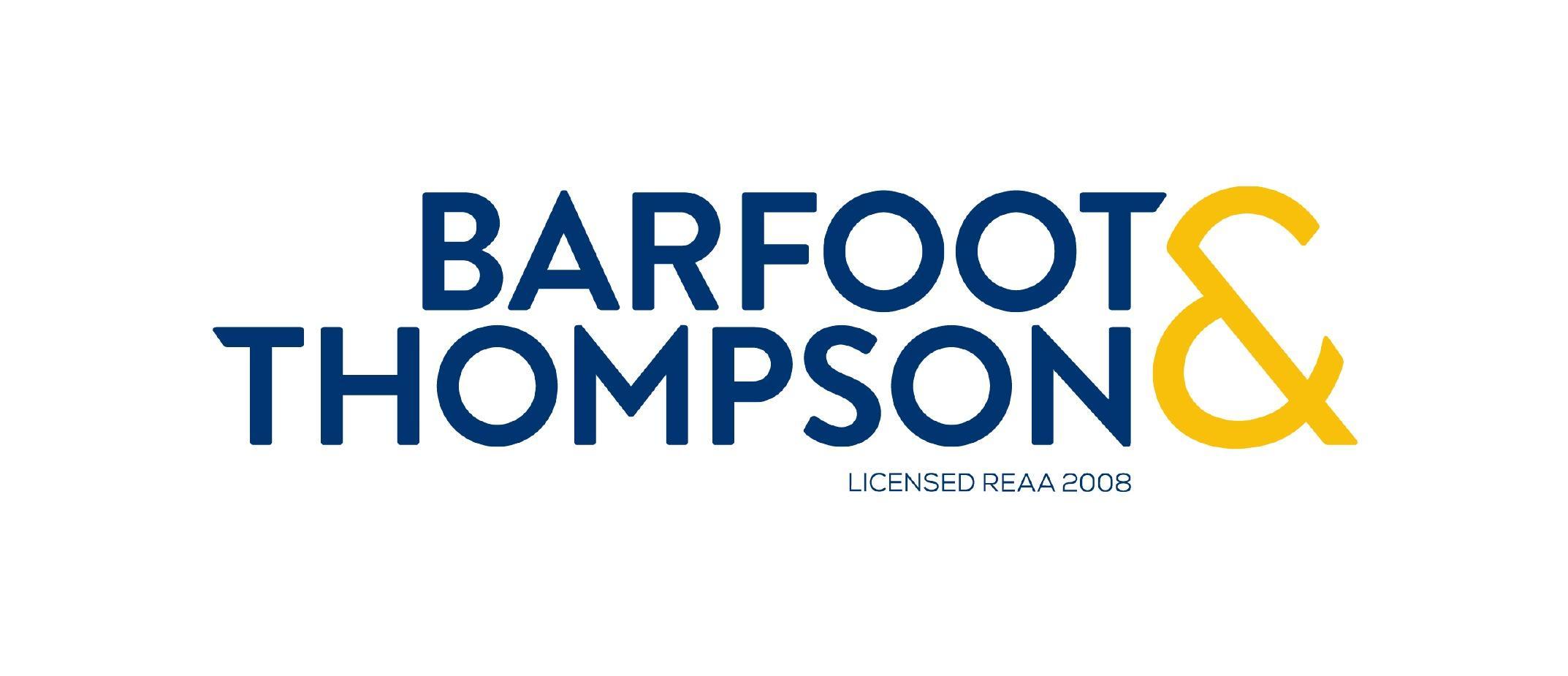In the ever-evolving landscape of New Zealand’s mortgage market, investors are always presented with a unique set of opportunities and challenges. We don’t expect 2024 will be any different, and while many people are still enjoying the last bit of their holiday, others are busy getting stuck into the property market. We’re already seeing quite a bit of activity.
Mortgage interest rates always tend to be one of the primary factors that concern property investors and homeowners (both would-be and existing). However, while there is certainly a downward expectation for interest rates, there are three things you will do well to pay attention to:
1. Bank Affordability Criteria
If you haven’t had a review of your situation for quite some time, some bank criteria have gotten a bit easier in the latter half of 2023. The main changes we’ve seen impacting an individual’s ability to borrow money are as follows:
- CCCFA – many banks have taken a far more common-sense approach to this and are no longer checking how many coffees you have per week in order to assess your ability to borrow money for a home. They understand that discretionary expenses will be adjusted when the borrower takes on a new commitment like a mortgage.
- Rental Income Scaling – some banks have taken a more aggressive view towards rental income scaling – for example, ANZ moving from considering only 75% of gross rental income for existing rental properties to 88%. The change reflects the government’s intention to bring back interest-deductibility to existing investment properties.
Each situation is different, but it’s worth checking if you can now borrow more than you could last time you checked.
2. Navigating the New LVR Landscape
Changes in June 2023 to Loan-to-Value Ratio (LVR) restrictions have introduced a new dynamic to the mortgage market. The revised LVR limits impact the amount that can be borrowed relative to the investment property’s value, which went from 60% to 65% for existing properties.
For investors, this can actually be quite a considerable difference:
Let’s say you already own a $1m investment property and have lending of $400k against this, and would like to buy another investment property for $1m.
Prior to the LVR change, you could top-up to 60% LVR, which would give you a limit of $600k as a mortgage – and as your existing mortgage is $400k, you could release $200k from your existing property for a deposit on the new property.
As you need a $400k deposit (40%) on the new one – due to being limited to a $600k loan, you would need to find $200,000 in cash to make this work.
After the LVR change, you could top-up to 65% LVR, which would give you a limit of $650k as a mortgage – and as your existing mortgage is $400k, you could release $250k from your existing property for a deposit on the new property.
As you need a $350k deposit (35%) on the new one – due to being limited to a $650k loan, you would need to find only $100,000 in cash to make this work. I think we’d all agree it’s a lot easier to get $100,000 together than it is $200,000!
The above example ignores serviceability, which is also important – but it can sometimes surprise people that a 5% change can make such a difference in real dollar terms.
3. Government Attitude:
Government policies play a pivotal role in shaping the real estate and mortgage market in New Zealand. Investors are watching carefully for any legislative changes or policy announcements that might impact property investment. For instance, changes around Interest Deductibility impact how banks assess mortgage borrowing capacity.
No matter which side of the political spectrum you fall on, I think it’s very clear that this government is far more ‘friendly’ to the property investor.
Understanding and adapting to these policy changes is crucial for investors to align their strategies in a way that will likely benefit them over their investment journey. APIA does a great job of keeping landlords and would-be-landlords up to date with these.
In conclusion, there have been several changes over the last 3-6 months, which may have quite an impact on your intentions and your borrowing capacity when it comes to your property investment journey. As a result, we would recommend that you consider the interest rate market when making decisions; however, don’t only focus on this, as many other factors are at play.

Ryan Smuts
Ryan Smuts is a director of Kris Pedersen Mortgages.













Add Comment